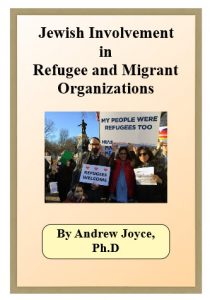Introduction
REFUGEE AND ASYLUM LEGISLATION IS NOW A KEY POLICY area for many major immigrant-receiving countries. The UN Refugee Agency estimates there are currently 28.5 million refugees and asylum seekers worldwide, with most originating in South Sudan, Afghanistan, and Syria. The world’s largest refugee hosting countries are located near the epicentres of those countries experiencing difficulties, and include Turkey (3.5 million), Uganda (1.4 million), Pakistan (1.4 million), Lebanon (1 million), and the Islamic Republic of Iran (979,400).
More incongruous, however, is the fact refugee and asylum populations from these same troubled areas have exploded in the West, in countries both geographically and culturally very distant from exporting nations. Since 1990, the new refugee population of Austria has climbed from 34,948 to 115,197; in Belgium from 25,911 to 42,128; in Finland from 2,348 to 20,713; in France from 193,000 to 337,143; in Germany from 816,000 to 970,302; in Ireland from 360 to 6,324; in Italy from 10,840 to 167,260; in Luxembourg from 687 to 1,995; in the Netherlands from 17,337 to 103,818; in Norway from 19,581 to 59,160; in Sweden from 109,663 to 240,889; in Switzerland from 40,943 to 92,995; and in the United Kingdom from 43,632 to 121,766.
Increased lobbying on behalf of refugees, and increased quotas for refugee admissions, are now a very significant part of the West’s overall approach to migration. The only significant current exceptions to these trends are Hungary, where the number of new refugees has dropped from 45,123 to 5,641, and the United States and Canada, both of which were home in 2017 to roughly half the number of new refugees they hosted in 1990.
